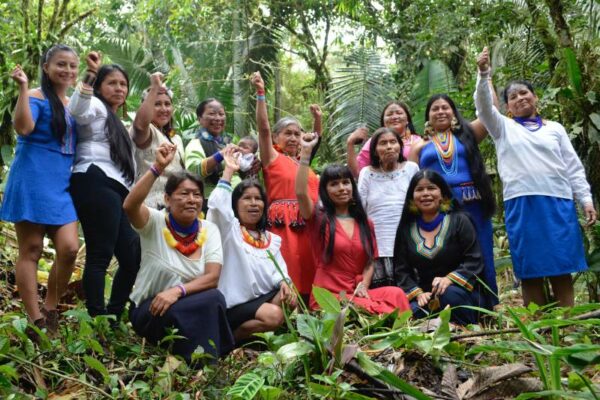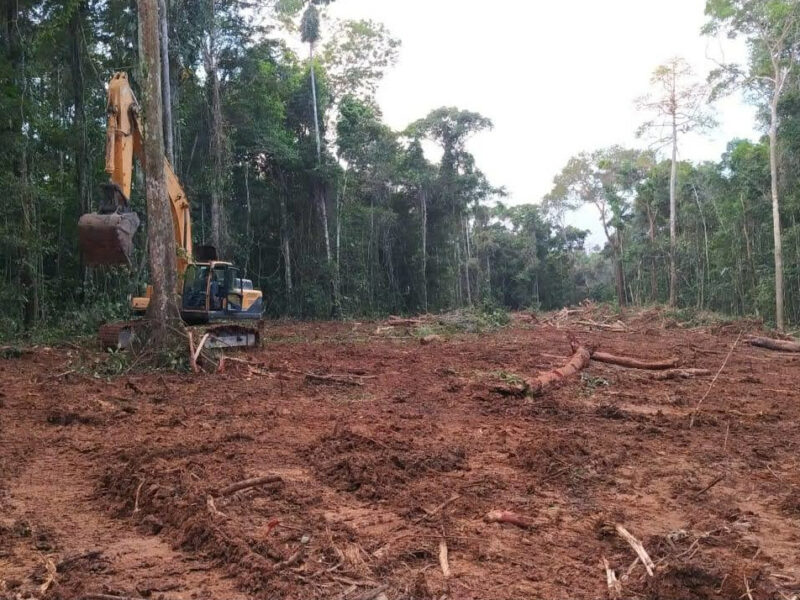Quito, Ecuador – Environmental activists called on Ecuador’s President Rafael Correa to abandon plans to develop the Ishpingo-Tambocoha-Tiputini oil block.
A portion of the ITT oil block, as it is known, is located within Yasuni National Park, the country’s largest nature reserve and considered one of the most biodiverse regions in the world.
Last August, Mr. Correa abandoned the so-called Yasuni-ITT initiative, a plan to refrain from drilling for oil in the block if international donors pledged $3.6 billion over 12 years to finance renewable energy projects and protect nature reserves, among other proposals.
The Yasuni-ITT initiative was announced by Mr. Correa’s government in 2007, but the trust established to protect the land received just $13.3 million.
“I’m asking for President Correa to not abandon the [Yasuni-ITT] initiative. Anyone can drill for oil, but I ask for Ecuador to be creative. The initiative made the president a leader, but to drill in the ITT will make him a follower of an obsolete model,” said Vandana Shiva, an environmental campaigner from India attending a gathering of activists organized by the Global Alliance for the Rights of Nature.
Ms. Shiva on Friday also urged Mr. Correa to meet with women from Ecuador’s indigenous Amazon communities.
Indigenous women leaders from Ecuador’s Amazon region have said they would oppose new oil exploration in their territories and vowed to block any new drilling through international courts, if necessary. They are asking for a meeting with Mr. Correa.
Representatives for Mr. Correa couldn’t be reached for comment Friday. The president has previously said the ITT block will be developed using modern technology to minimize the impact on the environment.
According to experts, a single hectare of the Yasuni National Park can contain 2,274 species of trees and shrubs. It is home to 593 species of birds, 80 species of bats and 150 species of amphibians, among others. It is also home to two indigenous tribes, the Tagaeri and Taromenani, which have resisted outside contact.
Initially, the government plans to produce oil only from the Tambococha and Tiputini fields, starting in 2016. In a second stage, planned for 2018, production will begin at the Ishpingo field.
State oil company Petroamazonas, which will run the operation, plans to drill 360 wells, of which 90 will be in Tiputini, 90 in Tambococha and 180 in the Ishpingo.
The development of the ITT block is regarded as key to raising the country’s oil output, which currently stands around 520,000 barrels a day.
A coalition of groups and nongovernment organizations opposed to the development of the ITT block are currently collecting signatures to request a national referendum on drilling.














